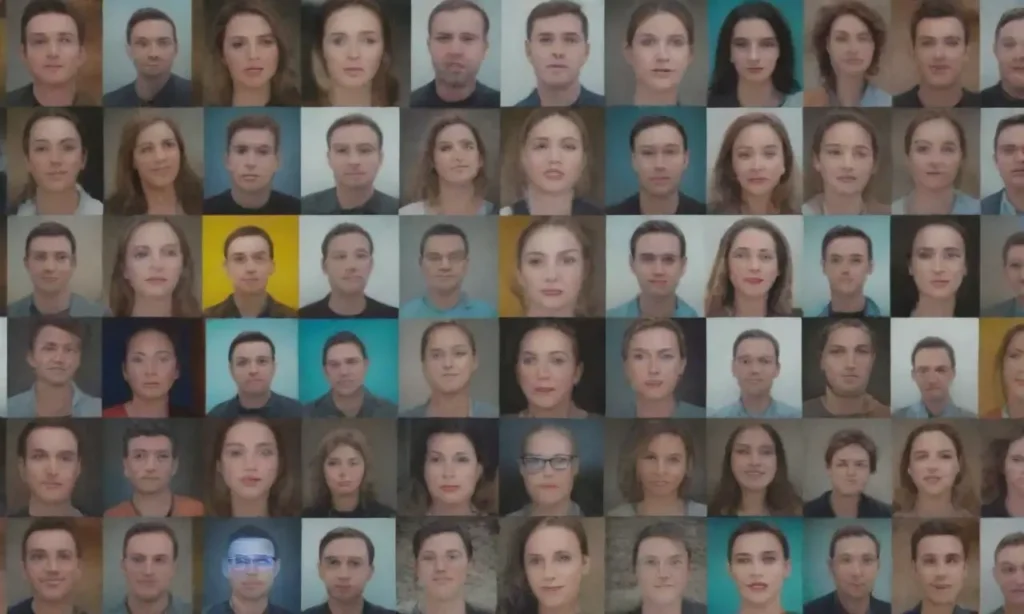
How Image Recognition is Shaping the Future of Social Media

Introduction
In recent years, image recognition technology has become an integral part of various sectors, particularly in the realm of social media. As platforms evolve, the ability to identify and process visual content in real-time is reshaping the ways users interact, share, and engage with digital environments. From tagging friends in photos automatically to curating personalized feeds based on visual content preferences, image recognition offers a plethora of possibilities that enrich user experiences.
This article delves into the critical role that image recognition plays in shaping the future of social media, exploring its applications, benefits, challenges, and the ethical dilemmas it presents. By understanding how this technology works and impacts our online interactions, we can better appreciate the transformation that social media is undergoing.
The Mechanics of Image Recognition Technology
Image recognition is a subfield of artificial intelligence and computer vision that deals with identifying objects, people, places, and many other elements within images. At its core, this technology uses algorithms to analyze visual data, enabling machines to ‘see’ and interpret images as humans do. One of the most widely discussed methodologies for image recognition is deep learning, where neural networks simulate the human brain's processing capabilities, allowing for the recognition of patterns in visual data.
The process often starts with the training phase, wherein vast datasets of labeled images are fed into an algorithm. For instance, to develop a system capable of identifying animals, images of various animals such as cats, dogs, and birds are tagged and categorized. This training not only requires substantial computational power but also necessitates algorithms to undergo continuous learning to improve accuracy over time. The sophistication of this technology is reflected in its ability to discern subtle nuances, such as recognizing a cat in a photograph regardless of its pose, background, or lighting conditions.
Once trained, the image recognition system enters the application phase, where it can be utilized for various functions, including image classification, object detection, and even facial recognition. Social media platforms employ these capabilities to enhance user interaction significantly. For example, platforms like Facebook and Instagram use image recognition to facilitate automatic tagging of friends and suggest relevant hashtags, dramatically simplifying the user experience while sharing photos.
Enhancing User Experience through Automated Content Tagging
One of the standout applications of image recognition in social media is automated content tagging. This feature allows users to streamline the process of categorizing their images by letting the algorithm do the heavy lifting. Rather than manually tagging individuals in a photograph, image recognition software can identify faces and suggest tags based on its database of users.
This capability not only saves time but also enriches social interactions by making it easier for users to connect. For instance, when users post vacation pictures, the platform can automatically tag everyone who appears in the image, allowing those individuals to be notified instantly and encouraging more interaction and engagement. Furthermore, this technology ensures that no delightful moment is overlooked; even candid shots that capture fleeting expressions can receive proper recognition and tagging.
The benefits of automated tagging go beyond convenience. They contribute to creating a more engaging and interactive community. Users are more likely to share their experiences when they know that their friends will be included effortlessly in those memories. This shared experience enriches the social media landscape, fostering a sense of community and connection that is vital in an increasingly digital world.
Personalized Feed Curations
In tandem with automated content tagging, image recognition technology is steering personalized feed curations in social media platforms. When users upload or interact with images, algorithms analyze their behavior, preferences, and interests to curate content that aligns with their tastes. By recognizing the visual elements within images, such as colors, objects, and even the mood conveyed, platforms can determine which types of content are most appealing to a user.
This aspect of image recognition not only contributes to a tailored experience but also helps businesses and influencers reach their target demographics more effectively. For example, if a user frequently engages with images of healthy meals, social media algorithms may prioritize content related to health, fitness, and culinary arts on their feed. This precise targeting provides users with relevant content while simultaneously allowing brands to connect with receptive audiences, enhancing both user satisfaction and business opportunities.
Additionally, personalized feed curations created through image recognition help combat information overload, a common issue faced by social media users. With the vast amount of content being generated daily, algorithms that understand user preferences can ensure that individuals only see what resonates with their interests, making their social media experience more enjoyable and less overwhelming.

Despite its advantages, the integration of image recognition into social media also poses several challenges and concerns. One of the primary issues revolves around privacy. As image recognition algorithms rely on vast amounts of data, there is a significant concern regarding how user information is collected, stored, and utilized. Many users are unaware of the extent to which their images are analyzed and used to inform advertisements and content recommendations.
Moreover, incidents of facial recognition technology being abused have sparked ethical debates. Several social media platforms have faced criticism for employing facial recognition algorithms without sufficient transparency or user consent. This has raised questions about users' rights to control their personal data and the potential for surveillance. As image recognition becomes more pervasive, companies must establish clearer policies surrounding its use, ensuring that users can engage with social media without sacrificing their privacy.
Another challenge pertains to the accuracy of image recognition algorithms. While technology has improved significantly, it is not infallible. Misidentifications can occur, and algorithms may inadvertently misinterpret images, leading to erroneous tagging or content recommendations. In extreme cases, this could result in reputational damage for users or businesses if inaccurate interpretations are presented to a broad audience. Thus, continuous improvement in image recognition accuracy is paramount to maintain trust and ensure user safety.
Lastly, issues of bias and discrimination must be addressed when it comes to image recognition. There is growing evidence that many AI systems exhibit biases in their training data, leading to discriminatory outcomes. For instance, algorithms might struggle to identify individuals from diverse backgrounds accurately due to an over-representation of certain demographics in training datasets. This raises ethical questions about inclusivity and fairness in technology development. Social media companies must be proactive in addressing these biases while investing in creating equitable algorithms that benefit all users equally.
Conclusion
As we continue to observe the evolution of image recognition technology, its potential to revolutionize the landscape of social media remains clear. From enhancing user experiences through automated content tagging to personalizing content feeds, we are witnessing a significant shift in how we engage with digital platforms. However, this journey is not without challenges. Issues regarding privacy, accuracy, and fairness highlight the need for careful consideration as we integrate these technologies into social interactions.
Moving forward, social media companies, developers, and regulators must collaborate to establish ethical guidelines governing the use of image recognition. By prioritizing user privacy, ensuring accuracy, and minimizing bias, platforms can harness the power of this technology responsibly and sustainably. As we shape the future of social media, it is imperative to retain a human-centric focus that fosters community, connection, and trust in this ever-evolving digital landscape. Ultimately, image recognition heralds a new era of social media—a realm where technology and human interaction seamlessly intertwine, offering exciting possibilities for the way we communicate and connect with one another.
If you want to read more articles similar to How Image Recognition is Shaping the Future of Social Media, you can visit the Image Recognition Tools category.



You Must Read